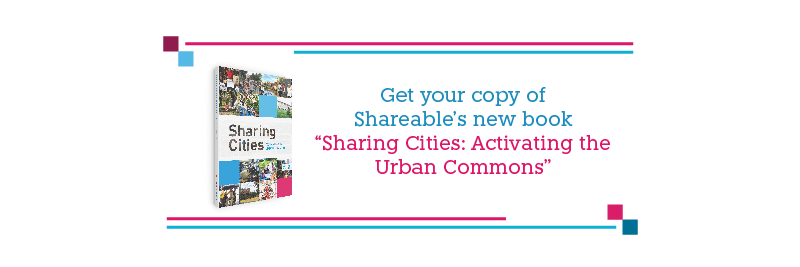South Africa’s electricity demand exceeds supply. Rolling blackouts are frequently necessary and there are growing concerns about climate change. In 2011, the National Energy Regulator of South Africa (NERSA) developed and approved the Standard Conditions for Small-scale Embedded Generation (SSEG) within Municipal Boundaries. Embedded generation refers to the generation of electricity from renewable sources by residents, business, or industries via grid-connected devices. Now, local providers with generation systems smaller than 100 kW no longer require a generation license, and the specifications and standards for connecting to the grid have been simplified.
In addition, Nelson Mandela Bay Municipality (NMBM) is facilitating embedded generation through an accessible application process and minimal cost requirements (net-metering and covering 50 percent of the cost of bi-directional meters). Moreover, a tax incentive for businesses allows organizations to depreciate renewable energy assets within three years. To date, 27 embedded generation systems have been connected to the NMBM grid, with 25 of these systems being smaller than 100 kW. The local community is actively involved in energy generation; a significant portion of Nelson Mandela Bay’s electricity is now generated by local renewable energy generation systems.
This policy lays a foundation for low-carbon urban growth, economic and socio-economic development, improved energy security through the diversification of the local energy mix, better services for the community, and a safer and healthier environment for residents. Yet, a clear national framework for SSEG would facilitate implementation by other municipalities. More local control over energy supply and planning would give independent power producers fair access to both the national and local grid.
Learn more about small-scale embedded energy generation:
This article was adapted from our latest book, “Sharing Cities: Activating the Urban Commons.” Download your free pdf copy today. This article was co-written by Elana Keef (Afri-Coast Engineers SA).










